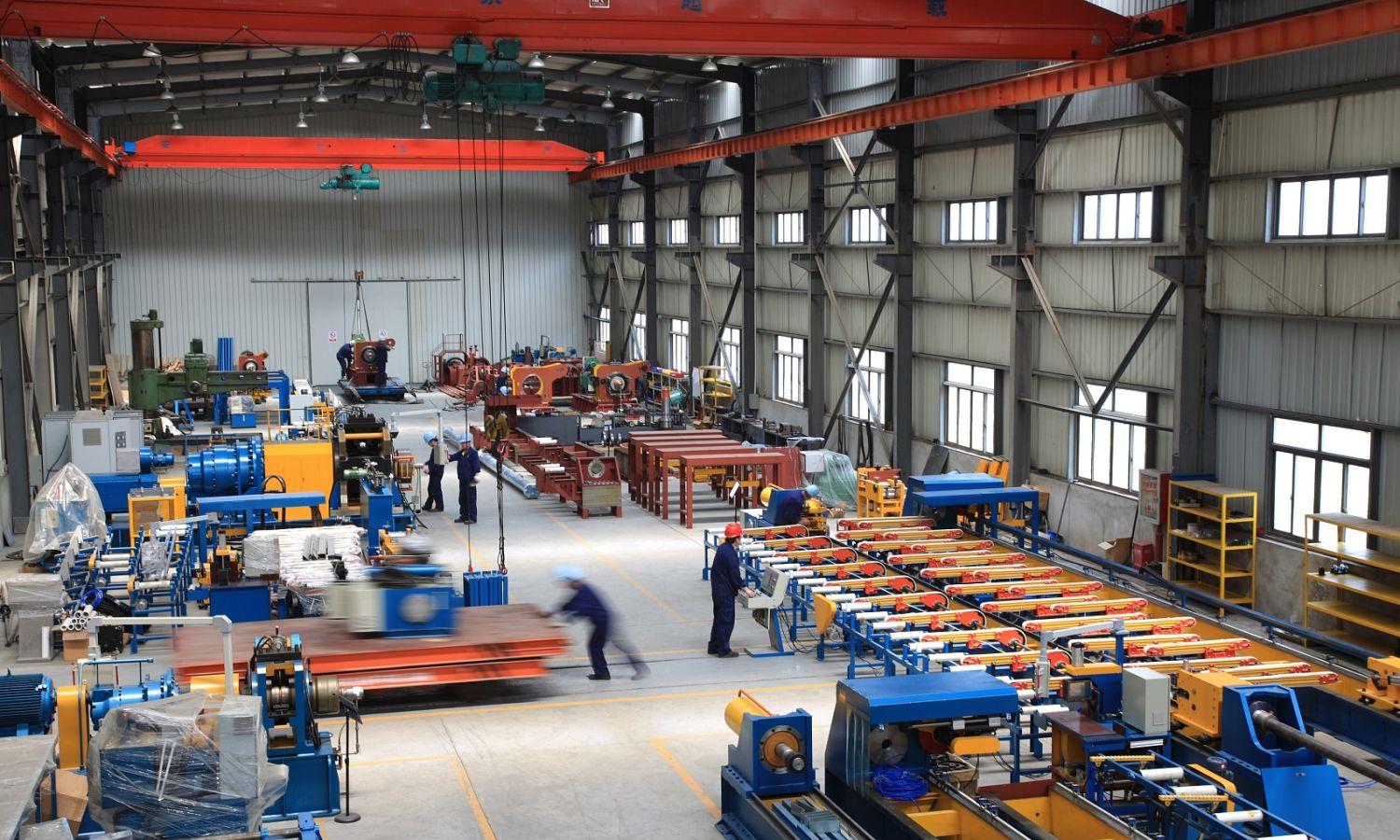Transformer Manufacturing Industry: Evolution and a Glimpse into the Future
In the field of electrical engineering, transformers play an important role as an important component of power distribution systems. From enabling energy-efficient transmission to facilitating voltage regulation, transformers ensure that electricity reaches our homes, businesses and industries reliably and safely. Behind the scenes of this critical electrical equipment is the transformer manufacturing industry, which is an ever-evolving industry that has witnessed significant growth and technological advancements.
The history of transformer manufacturing can be traced back to the late 19th century. Since then, it has continued to adapt to changing needs and the challenges posed by an expanding power infrastructure. As industry and cities grow, so does the need for efficient power transmission and distribution. This requirement served as a catalyst for the growth of the transformer manufacturing industry as it became imperative to develop innovative solutions to meet the ever-increasing demands of the times.

Over time, as technology advanced, so did the transformers themselves. The industry has witnessed various milestones such as the introduction of oil-immersed transformers, development of high voltage transformers and the incorporation of advanced materials and insulation technologies. Each advancement helps improve the overall efficiency, reliability and safety of the transformer, ensuring stable power supply to end users.
In recent years, the transformer manufacturing industry has also witnessed a paradigm shift towards sustainability and green technologies. With the growing focus on renewable energy sources such as solar and wind power, the demand for transformers compatible with these energy sources has grown exponentially. As a result, manufacturers have been investing in research and development to produce transformers that can effectively cope with the fluctuations and intermittency of renewable energy.

In addition, the industry adopts modern manufacturing processes and technologies that optimize resource utilization and reduce environmental impact. By integrating smart monitoring systems and Internet of Things (IoT) capabilities, remote monitoring, diagnosis and repair of transformers is now possible. This not only ensures seamless functionality but also increases operational efficiency and reduces downtime.
Looking ahead, the transformer manufacturing industry is expected to further progress and grow. With the emergence of electric vehicles (EVs) and the continued digitalization of industry, demand for transformers will undoubtedly surge. For example, electric vehicle charging infrastructure relies heavily on transformers to convert high-voltage electricity into a voltage suitable for use by electric vehicles. Additionally, as more industries adopt automation and digital technologies, the need for transformers capable of handling complex equipment and supporting smart grids will become critical.

All in all, the transformer manufacturing industry has come a long way since its inception. From obscurity to powering the modern world, transformers have always been an integral part of our electrical infrastructure. Through continuous innovation, the industry ensures seamless transmission and distribution of electricity, adapting to changing energy needs and environmental concerns. As we witness a surge in renewable energy adoption and technological advancements, the transformer manufacturing industry will continue to grow and play a key role in shaping the future of power generation and distribution.












